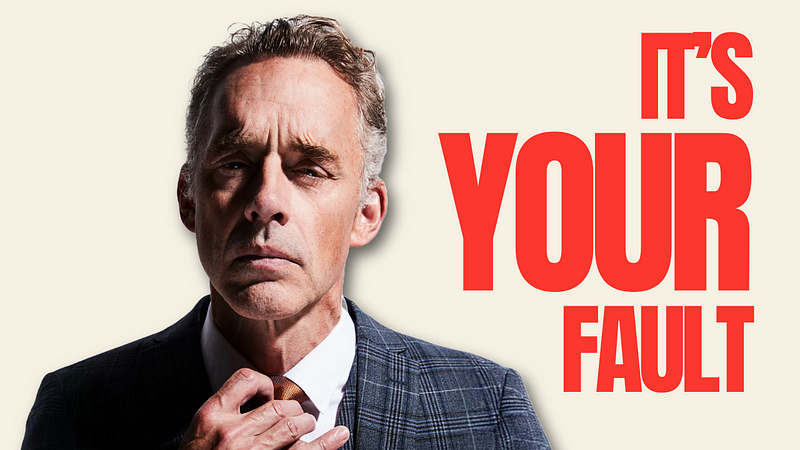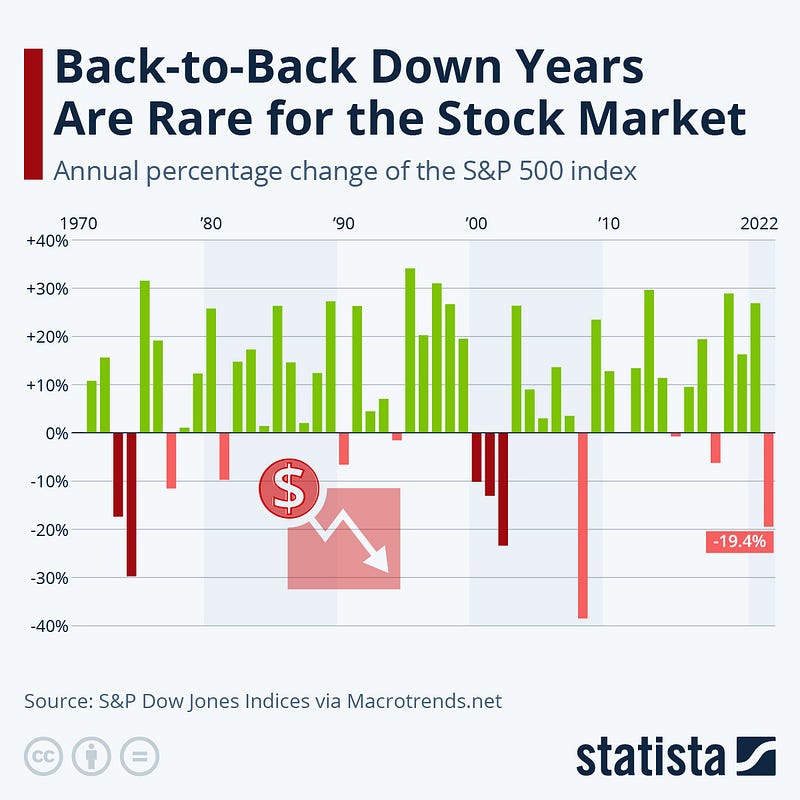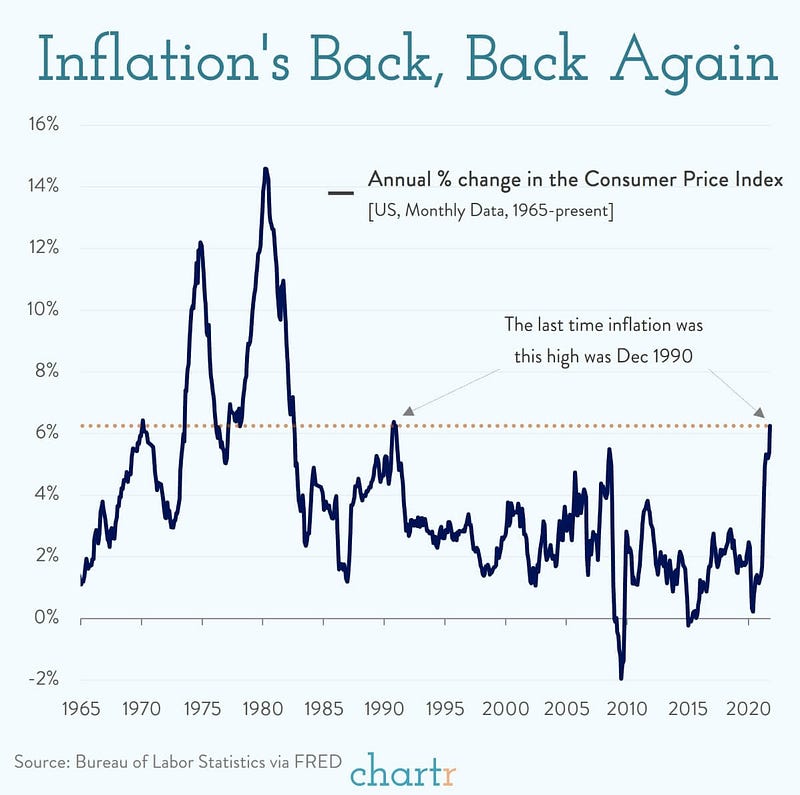- The Moneycessity Newsletter
- Posts
- #1 Psychologist Jordan Peterson Explains Why You Suck at Investing
#1 Psychologist Jordan Peterson Explains Why You Suck at Investing
Psychological pitfalls can sabotage your investing journey, as highlighted by Jordan Peterson. Cognitive biases and emotional instincts lead many investors to make poor decisions, often resulting in returns that lag behind the market.
Jordan Peterson outlines the blind spots in our psychology that make us bad at investing. The problem that most investors have is not that the market’s going down or that the wrong investment is even being made. It’s all the extra shenanigans, the excessive buying and selling trading options.
Over 20 years, the average investor achieved an annual return of just 2.1%, worse than almost any other sector. They were outperformed by the average real estate market returns, the average stock market returns, bonds, gold, oil, and even inflation.
And that is where the problem is. Our brains trick us into doing the worst possible action. That’s because our natural intuitions and psychology that serve us in the physical world do not serve us with investing.
On the go? Watch the video HERE.

Jordan Peterson’s Investing Advice Nobody Wants to Hear
The Problem with Your Brain
Your Brain Needs Guardrails
This feeling of inertia causes us to get out of a stock when it’s falling. All the investors needed to do was buy something and then not do anything with it. Unfortunately, once there’s a trend that is clearly and significantly down, the damage is already done and an investor won’t buy back in until they see a clear and significant trend upward.
And then of course, by that time, the stock price is already higher than when they sold. And we have a classic case of buying high and selling low, breaking the number one rule of investing.
Just the other day, my wife’s coworker called her freaking out saying: “Oh my God, you’ve got to sell all of your index funds and your 401k because the market is dropping.”
And yes, you know when you looked at that weekly stock chart, the market was dropping that week. But with 401k, it helps me to keep a long time horizon. My wife and I zoomed out on the stock chart and looked at the last 50 years. And even the COVID crash is nothing. It’s just a small bump on the road as the markets tend to go upward.

S&P 500 in the Last 50 Years
I cannot completely remove my biological intuitions but being aware of the problem helps me to mitigate their negative effects by keeping a long time horizon in mind and zooming out on the stock chart. Unfortunately, the feeling of intuition is not the only trick that your brain likes to pull on you.
Your Brain Can’t Do Math
Many investors are drawn to the high reward potential of options. Because some chance, in my mind, feels bigger than it is. Some chance for a huge payout.
But in reality, the probability is closer to 0% than it is to the sliver of a fraction of a percent that my brain is envisioning. And it’s not just the logical component. It also feels good to take risks.
Many investors are drawn to the high reward potential of options. Because some chance, in my mind, feels bigger than it is. Some chance for a huge payout.
But in reality, the probability is closer to 0% than it is to the sliver of a fraction of a percent that my brain is envisioning. And it’s not just the logical component. It also feels good to take risks.
Your Brain Betrays You
Making bad investing decisions is like a drug.
How are we supposed to compete with our own brain telling us that there’s a chance especially when it feels good to do it?
What Can I Do About This?
Have a Plan
Avoiding impulsive momentary pleasure is of course easier said than done. And I have been guilty of gambling on a company’s upcoming earnings report with a call option once or twice.
My wife and I are saving money to achieve financial independence. We want to buy our time freedom and our geographical freedom. We want the ability to be where we want and when we want. Whether that is seeing her family overseas, my family in the States, or, you know, hitting up the beach or the mountains. We want that freedom.
And that vision of our future makes it much easier to avoid the pitfalls of gambling instead of investing. Now, that being said, we do want to avoid unnecessary risks, but it is impossible to avoid all risks.
Take a Little Bit of Risk
Risk is everywhere. If you are not taking on the risk of the stock market, then you are gambling with the risk of inflation.
Between 1990 and 2020, that’s over 30 years, inflation was solidly below 3% on average. As a result, many young investors like myself underestimate the damage that inflation can cause.
When I look at the 20 years before that from 1970 to 1990, there was only one year out of 20 where inflation was below 3%. And there were many years where inflation was exceeding 10%.

US Inflation since 1965
We cannot just put our money in a savings account and hope for the best. If we do that, we are almost guaranteed to lose money. The only question is how much we must invest. And taking a reasonable risk in the stock market is much better than gambling with the risk of inflation.
Embrace Incremental Improvement
And yes, investing can be very intimidating, especially to new investors, but we have to start somewhere. Incremental improvement is the key. There is no need for us to go straight to the most complex investing strategy that requires us to analyze a company’s financial statements.
I can achieve great results by using the basic strategies. Investing in passive ETFs and index funds will give me better results than the average investor because the average investor is unable to stay in these funds.
So What Now?
And there is plenty of room for improvement in the realm of passive investing. This is a challenging first task after all because there are hundreds of funds to choose from.
To make it easier, I made a video HERE where I go over the methods that I use to narrow down the list of passive index funds and ETFs to the ones that tend to outperform the S&P 500.
Catch you on the flip side.

Reply